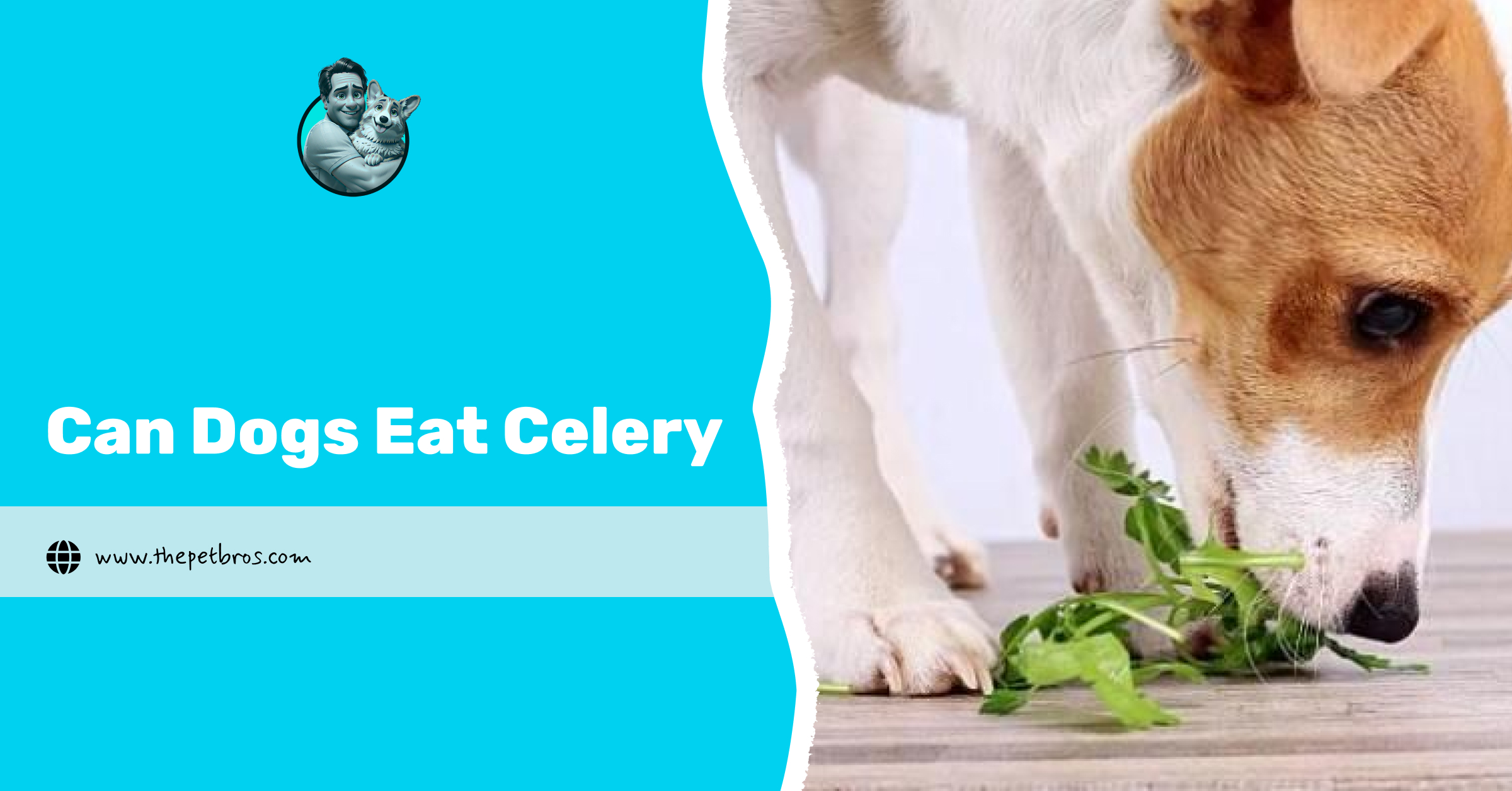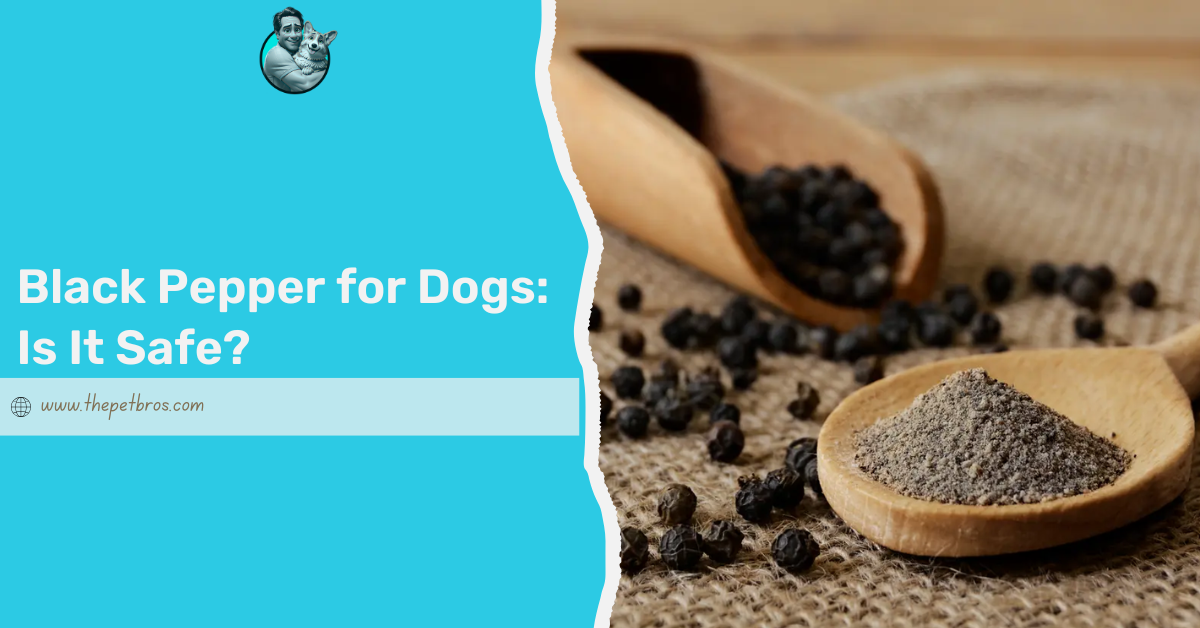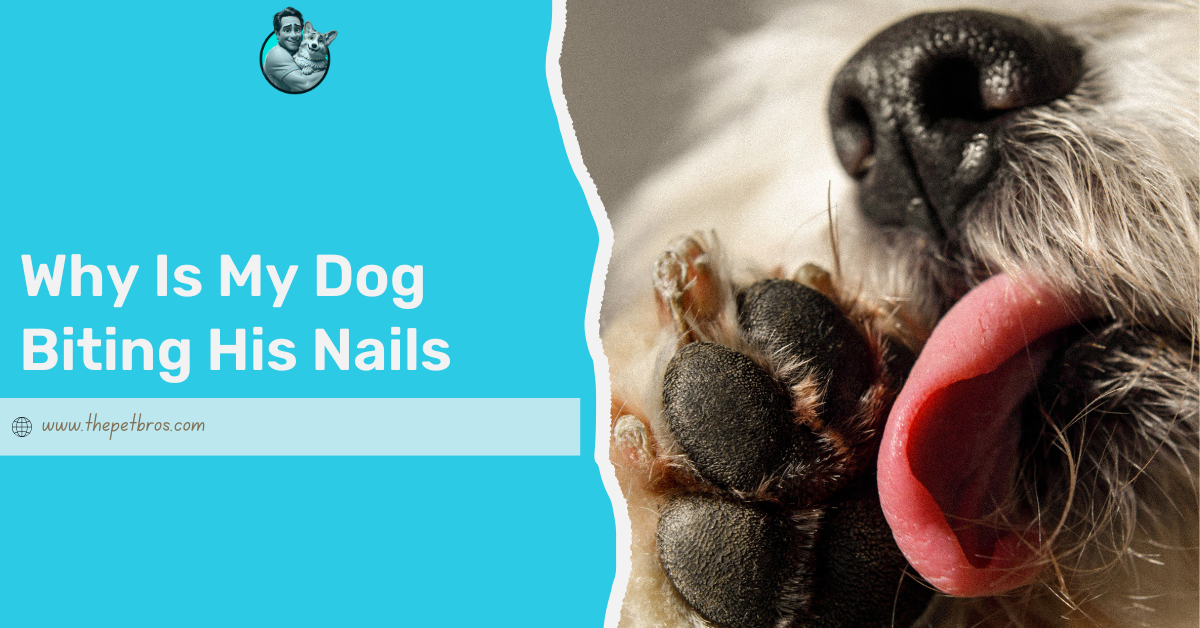You know that sound, the crisp crunch that echoes through the room when you bite into a piece of celery. Before you even finish chewing, your dog’s already by your side, eyes fixed on your hand like you’re holding the world’s tastiest treasure. It’s a moment every pet parent knows too well. But can dogs eat celery, or are those curious eyes asking for trouble? The answer is a yes.
Celery is one of the few good vegetables that works in your dog’s favour. Hydrating, low in calories, and full of vitamins A, C, and K, it’s a crunchy little powerhouse that supports their eyes, coat, and digestion. Still, there’s a right and wrong way to share it.
In this article, we will take a closer look at how to feed celery safely, why dogs love it, and when it’s best to keep that green crunch all to yourself.
Can Dogs Eat Celery and Is It Safe for Them?
Celery is one of the few human food that’s safe for dogs, that is crunchy, refreshing, and packed with goodness. It’s low in calories, fat-free, and naturally hydrating, making it a perfect snack for dogs who love a little extra crunch. Other dog-friendly vegetables include carrots, green beans, kale, apple, cucumber, and pumpkin. They’re rich in fibre and nutrients without the added calories or salt that processed treats carry.
The real trick is to keep things simple. No salt, butter, or seasoning, dogs don’t need the extras we add for taste.
Can Dogs Have Raw or Cooked Celery?
Dogs don’t need fancy recipes to enjoy celery raw or cooked; it can be a great snack when served the right way. Raw celery retains its crunch and most of its nutrients, making it ideal for dogs that enjoy chewing or those who consider digging under the fence a form of exercise. Cooked or lightly steamed celery, on the other hand, is easier for older dogs or those with smaller jaws to chew and digest.
Whichever way you serve it, keep it plain. Avoid butter, oil, or salt; your dog doesn’t need the seasoning that makes it tasty for humans. And always cut celery into small, bite-sized pieces to prevent choking.
Health Benefits of Celery for Dogs
Celery is packed with nutrients that support your dog’s overall health. Here’s a quick breakdown of what each component brings to the table:
| Nutrient / Component | What It Does for Dogs | Why It Matters | Fun or Useful Note |
|---|---|---|---|
| Vitamin A | Supports clear vision and healthy skin | Keeps your dog’s eyes sharp and coat shiny | Especially useful for dogs who love outdoor adventures |
| Vitamin C | Strengthens the immune system and reduces inflammation | Helps your dog recover faster from stress or minor illness | Dogs naturally make vitamin C, but a boost never hurts |
| Vitamin K | Aids blood clotting and bone strength | Promotes healthy joints and recovery from minor injuries | Keeps your dog agile and active |
| Fibre | Improves digestion and regulates bowel movements | Prevents constipation and supports gut health | Great for dogs with irregular appetites or sensitive stomachs |
When Is Celery Not Good for Dogs?
Even the healthiest snacks can cause problems if your dog doesn’t react well to them. While celery is generally safe, some dogs may experience bloating, gas, or diarrhoea if they eat too much. The high water and fibre content can be a bit much for smaller breeds or dogs with sensitive stomachs.
If you ever notice your dog licking their paws excessively, chewing at a swollen paw, or developing patches of irritated skin after eating celery, it could be a sign of an allergy. Food allergies in dogs aren’t always obvious; sometimes they manifest as digestive issues, but they can also present as infections or inflamed skin.
To be safe, introduce celery slowly and watch how your dog responds over a day or two. If you notice unusual symptoms, it’s best to stop feeding it and consult your vet. They may suggest allergy testing to identify the trigger and rule out other causes like yeast infections or contact irritation. Every dog is different, and what’s a healthy treat for one may cause discomfort for another.
Now, How Do You Serve Celery to Dogs?
Serving celery safely is easy once you know the basics. Start by washing it thoroughly, removing the leaves and strings, and then cut it into small, bite-sized pieces. You can serve it raw for that satisfying crunch or lightly steamed for older dogs who prefer softer textures.
And if you’re asking yourself, “Can dogs eat celery every day? The answer’s no. Keep it as an occasional treat and always plain, without salt or peanut butter that’s high in sugar. It’s a refreshing, low-calorie way to reward them while keeping things healthy and simple.
Can Dogs Eat Celery FAQs
What vegetables can dogs not eat?
Onions, garlic, leeks, and chives are toxic and should always be avoided.
Is celery a laxative for dogs?
Not exactly, but its fibre helps promote healthy digestion.
What is the best vegetable for dogs?
Carrots, green beans, and broccoli are top dog-safe veggies.
Can dogs eat cucumbers?
Yes, cucumbers are safe, hydrating, and low in calories.
Are bananas good for dogs?
In moderation, yes bananas provide potassium and natural sweetness as a treat.














